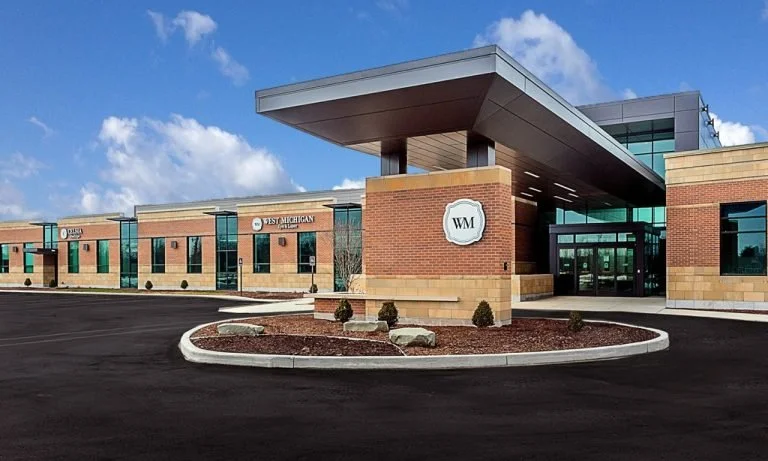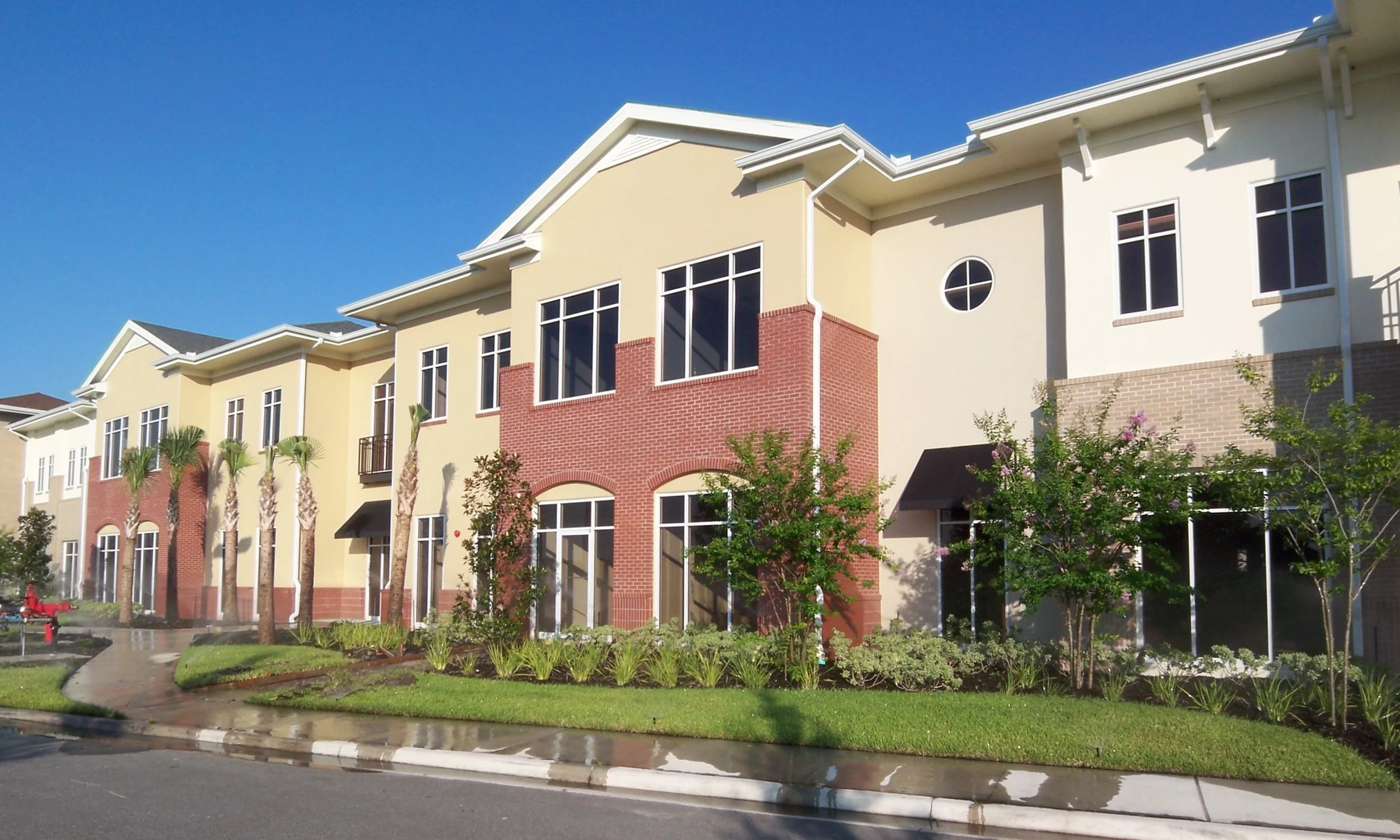LATEST NEWS
Investment Sales Outlook for Healthcare Real Estate in 2025
As we enter 2025, the healthcare real estate investment sales market continues to exhibit strength and resilience. With economic shifts, demographic changes, and evolving care delivery models shaping the sector, investors are poised to capitalize on a robust array of opportunities. Here are the key trends and dynamics impacting investment sales:
DEMOGRAPHIC-DRIVEN DEMAND:
The aging population remains a significant driver of healthcare real estate demand. By 2030, all baby boomers will be over 65, fueling the need for healthcare facilities. This creates substantial investment opportunities in:
Medical Outpatient Buildings (MOBs): These assets are increasingly attractive for their stable, long-term tenants and proximity to residential areas.
Ambulatory Surgery Centers (ASCs): The aging population’s increased need for outpatient procedures positions ASCs as a high-growth asset class, offering investors strong yields and stable occupancy rates.
Senior Housing and Skilled Nursing Facilities: Investors are eyeing these facilities to meet the rising demand for specialized care, including assisted living and memory care.
RATE ENVIRONMENT & INTEREST RATE CUTS:
The interest rate environment will significantly influence healthcare real estate investment sales in 2025. Key considerations include:
Potential Rate Cuts: Central banks, responding to economic conditions, are likely to implement additional rate cuts, reducing borrowing costs and boosting transaction activity.
Cap Rate Compression: Lower interest rates could drive cap rate compression, particularly for stabilized assets like MOBs and ASCs.
Increased Leverage: Investors may leverage favorable rates to finance acquisitions, expanding portfolios in high-growth markets.
While rate cuts could enhance investor sentiment, they also highlight the need for prudent underwriting, as valuations and competition for premium assets may intensify.
OUTPATIENT CARE EXPANSION:
The shift toward outpatient care continues to redefine healthcare delivery, creating new opportunities for investors. Key asset classes gaining traction include:
Ambulatory Surgery Centers (ASCs): High demand for these facilities offers reliable income streams.
Urgent Care and Retail Clinics: These properties benefit from high visibility and consumer convenience.
Telehealth and Micro-Hubs: Investors are exploring smaller, technology-enabled spaces to accommodate virtual care trends.
SALE-LEASEBACK TRANSACTIONS:
Sale-leaseback transactions remain a cornerstone of healthcare investment sales, providing win-win scenarios for both operators and investors. Key advantages include:
Liquidity for Providers: Operators can unlock capital tied up in real estate assets while continuing operations.
Stable Cash Flows: Investors benefit from long-term leases with creditworthy tenants, ensuring predictable returns.
CAPITAL FLOW & INVESTOR SENTIMENT:
Healthcare real estate continues to attract a diverse range of investors due to its stability and growth potential. Investment sales trends for 2025 include:
Increased Activity in Secondary and Tertiary Markets: These markets offer higher yields and strong demand growth.
Private Equity and REIT Investments: Both groups are expanding their portfolios, targeting MOBs, ASCs, and senior housing.
Cross-Border Investments: International investors are drawn to the U.S. healthcare real estate market’s strong fundamentals.
REGULATORY & POLICY IMPACTS:
Regulations play a pivotal role in healthcare investment sales. Areas of concern and opportunity include:
Medicare and Medicaid Reimbursement Rates: Changes may influence operator profitability and property valuations.
Certificate of Need (CON) Laws: These laws can impact development feasibility and affect investor strategies by state.
The investment sales outlook for healthcare real estate in 2025 is optimistic, driven by demographic trends, the shift toward outpatient care, and strong investor appetite. Assets such as MOBs, ASCs, and senior housing present compelling opportunities for investors seeking stability and growth. By leveraging sale-leasebacks, targeting high-demand markets, and integrating ESG principles, investors can position themselves for success in a dynamic and evolving sector.
Your Trusted Healthcare Real Estate Partner
CREG | U.S. HEALTHCARE INVESTMENT SALES
Andrew R. Larwood
Managing Partner & Principal
m: +1 (770) 845-2091
andrew.larwood@capitalre.com
Allen C. Inman
Managing Partner & Principal
m: +1 (404) 550-7897
allen.inman@capitalre.com
Joshua D. H. Rees
Managing Partner & Principal
m: +1 (858) 312-0657
josh.rees@capitalre.com





















